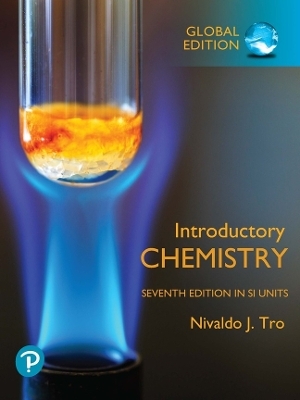
Van der Waals Complexes in Supersonic Beams – Laser Spectroscopy of Neutral–Neutral Interactions
Wiley-VCH Verlag GmbH (Hersteller)
978-3-527-60081-6 (ISBN)
- Keine Verlagsinformationen verfügbar
- Artikel merken
Here, readers are introduced to the current experimental techniques of laser spectroscopy of van der Waals complexes produced in supersonic beams. The book is unique in its style, subject and scope, and provides information on recent research not only for researchers focusing on molecular spectroscopy but also for those interested in the cooling of atoms and molecules. Additionally, it provides a comprehensive characterization of the metal(Me) - rare gas(RG) and Me2 diatoms, using an example of the 12-group and rare gas atoms, respectively.
Jaroslaw Koperski studied Physics at the Jagiellonian University Krakow, Poland, and finished his PhD in 1989. Since then he works at the Jagiellonian University, presently as an Assistant Professor. He spent a few years at the University of Windsor, Canada, and the Commonwealth Scientific and Industry Research Organization in Melbourne, Australia. His main research interests are laser spectroscopy of van der Waals molecules produced in supersonic beams, elements for manipulation of ultra-cold atoms and atomic interferometry, as well as properties and application of quantum beats method in atomic and molecular spectroscopy.
1. INTRODUCTION 2. SPECTROSCOPICAL CHARACTERISATION OF WEAKLY BOUND COMPLEXES 2.1 Molecular potential in different regions of internuclear separation 2.2 Characteristics of diatomic molecule 2.3 Dunham coefficients 3. VAN DER WAALS INTERACTION 4. ELECTRONIC STRUCTURE OF MOLECULAR STATES 4.1 Hund's coupling case (a) 4.2 Hund's coupling case (c) 4.4 Wave function symmetries and electronic selection rules 4.5 2- and 12-group metal-rare gas molecules and metal dimers 4.6 Potential energy curves 4.7 Vibrational structure of electronic transitions. Vibrational bands 4.8 Rotational structure of a vibrational band. Determination of rotational characteris tics 5. DETERMINATION OF A POTENTIAL ENERGY CURVE IN DIFFERENT REGIONS OF INTERNUCLEAR SEPARATIONS 5.1 Analysis of excitation spectra 5.2 Analysis of fluorescence spectra 5.3 Complementary results of excitation- and fluorescence-spectra simulations 5.4 Approximations for neutral-neutral long-range characteristics 5.5 Approximations for internuclear separation 6. EXPERIMENTAL CONSIDERATIONS 6.1 Supersonic expansion - source of Van der Waals molecules 6.2 Laser systems 6.3 Detection systems 6.4 Experimental procedure and data acquisition systems 7. INTERPRETATION OF EXPERIMENTAL RESULTS 7.1 CdRG molecules 7.2 HgRG molecules 7.3 ZnRG molecules 7.4 Summary for ZnRG, CdRG and HgRG classes of molecules 7.5 12-group homonuclear metal dimers 7.6 12-group homonuclear metal dimers - comparison 8. SUMMARY FOR 2-GROUP METAL DIMERS AND METAL-RARE GAS MOLECULES 8.1 2-group homonuclear metal dimers 8.2 2-group metal-rare gas molecules 9. SUMMARY FOR HOMONUCLEAR RARE GAS DIMERS 10. GENERAL CONCLUSIONS
| Erscheint lt. Verlag | 15.5.2003 |
|---|---|
| Verlagsort | Weinheim |
| Sprache | englisch |
| Gewicht | 10 g |
| Themenwelt | Naturwissenschaften ► Chemie |
| Naturwissenschaften ► Physik / Astronomie | |
| ISBN-10 | 3-527-60081-7 / 3527600817 |
| ISBN-13 | 978-3-527-60081-6 / 9783527600816 |
| Zustand | Neuware |
| Haben Sie eine Frage zum Produkt? |
aus dem Bereich


